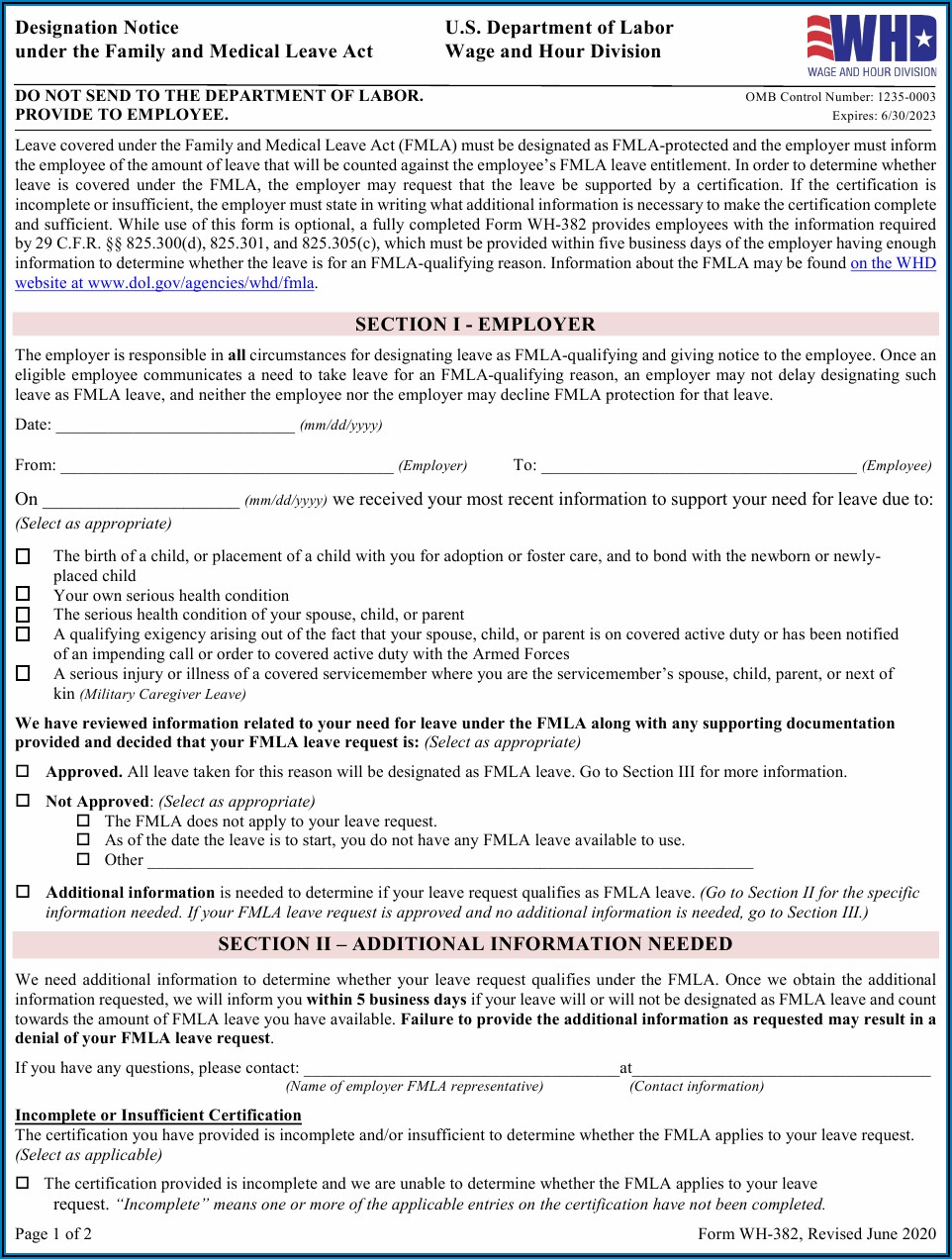Where to Get FMLA Paperwork Signed Easily

If you or a loved one need to take leave from work due to a medical condition, obtaining approval under the Family and Medical Leave Act (FMLA) is essential. One of the critical steps in this process is securing the necessary medical certification. This blog post will guide you through the process of getting FMLA paperwork signed with ease and efficiency, ensuring you meet all legal requirements and maintain your job security.
Understanding FMLA Certification

Before diving into the specifics of how to get your FMLA paperwork signed, let’s understand why certification is necessary:
- Compliance with FMLA: The Act requires documentation to substantiate the need for leave due to personal or family medical conditions.
- Job Protection: Proper certification ensures that your job is protected during your leave.
Steps to Get Your FMLA Paperwork Signed

1. Obtain FMLA Forms

First, you’ll need to get the FMLA forms from your employer’s Human Resources (HR) department. These forms are usually available:
- Directly from HR
- Online through your company’s internal portal
- Downloadable from the Department of Labor (DOL) website
Make sure you download the right form (either WH-380E for employee’s serious health condition or WH-380F for family member’s serious health condition).
🌟 Note: Always check with HR to ensure you’re using the most current version of the FMLA forms.
2. Choose Your Healthcare Provider

Select a healthcare provider to sign your FMLA certification. Consider the following when choosing:
- Timeliness: Opt for someone who can provide prompt service.
- Expertise: The provider should be familiar with FMLA requirements.
- Availability: Ensure they can make themselves available for signing if needed.
3. Schedule an Appointment

Book an appointment with your chosen healthcare provider. Here’s how to prepare:
- Explain your FMLA needs during the scheduling call.
- Bring all necessary medical records or test results to support your request.
- Ensure you’re clear about the type of leave you’re requesting.
🌟 Note: If possible, choose a healthcare provider who has previously certified FMLA leave to streamline the process.
4. Complete the Forms

Fill out your part of the form accurately. Here’s what you need to do:
- Complete your sections with all required information.
- Do not fill in the healthcare provider’s part unless instructed.
5. Medical Certification

Your healthcare provider will need to:
- Verify your or your family member’s serious health condition.
- Confirm the need for leave, including start date, duration, and type of treatment.
The certification should be comprehensive, as employers are allowed to request a second opinion if they suspect any discrepancies.
6. Submit the Completed Forms

Once signed, submit your FMLA paperwork back to your employer:
- Follow the employer’s submission guidelines.
- Keep a copy of everything you submit for your records.
Navigating Common Challenges

Here are some tips for overcoming common hurdles:
Incomplete or Incorrect Information

- Verify all personal details and medical conditions before submitting.
- Ensure your healthcare provider fills out all necessary fields.
🌟 Note: Employers can request additional information or clarification, so having accurate records is crucial.
Confidentiality Concerns

Be assured that:
- Employers have a legal obligation to keep your health information private.
- FMLA certification often goes directly to HR, not your direct supervisor.
Delays in Processing

To avoid delays:
- Communicate with HR early in the process.
- Ensure all sections are complete, including signatures and dates.
Having gone through these steps, you should now have a clear path to obtaining your FMLA certification signed without unnecessary complications. The process ensures that your rights under FMLA are protected, allowing you to focus on your health or the well-being of your loved ones without the added stress of job security concerns.
What should I do if my healthcare provider is hesitant to sign FMLA paperwork?

+
Communicate your needs clearly. If they still hesitate, you might want to discuss with HR for alternative providers or legal advice.
Can my employer ask for a second opinion?
+Yes, if they suspect discrepancies or incomplete certification, they can request another certification from a different healthcare provider at their expense.
What if I need to extend my FMLA leave?
+Notify your employer as soon as possible. You might need recertification if the medical condition changes or if you’ve exhausted your 12 weeks of FMLA leave.
How long does my employer have to respond to my FMLA request?
+Employers have five business days to inform you of FMLA approval, once they receive your complete certification.
What happens if my employer denies my FMLA request?
+You might appeal their decision through internal procedures or consider seeking legal advice to ensure your rights are upheld.